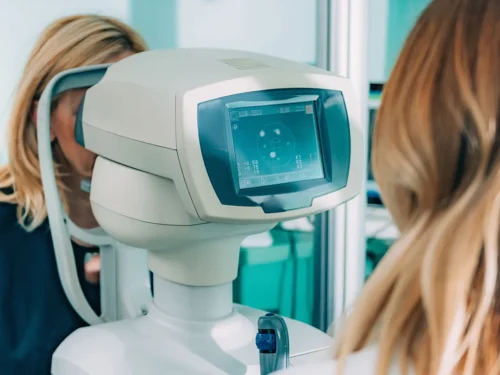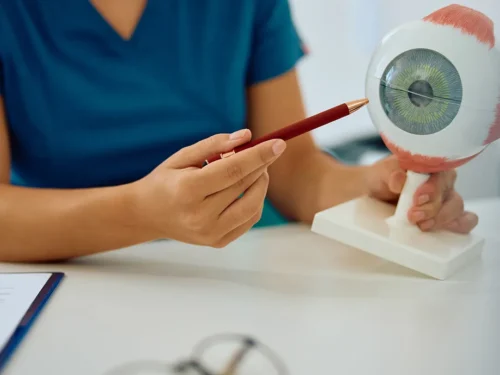
Nearly four million cataract surgeries are performed in the U.S. every year, and that number shouldn’t come as much of a surprise to many. After all, cataracts are one of the leading causes of blindness in the country. Thankfully, cataract surgery in Los Angeles is a highly refined process with a good track record of success rates.
If you are scheduled to undergo cataract surgery in Los Angeles anytime soon, you may be interested to learn more about the recovery process and steps you can take to make sure your recovery goes as smoothly as possible. Here are a few tips:
Ask Someone to Drive You Home
Immediately after cataract surgery, you will be allowed to rest in the recovery area of trusted eye center, such as Excel Laser Vision Institute, until the effects of the anesthesia wears off. This may take 30 minutes to an hour. Although you will be able to go home afterwards, make sure that a friend or family member is present to drive you home as you may still feel groggy or experience a bit of blurry vision in the treated eye.
Quick List of Things to Avoid
Once you arrive home, you may want to lie down in bed and rest for several hours before you get up and move around. Feel free to take it easy though one the first day. Typically, you should be capable of computer work and light TV watching at this point.
Of course, there are definitely certain actions that you should do your best to avoid. This is because these actions put a lot of pressure on the eyes, which may lead to slower recovery times. There is also the possibility of an eye infection:
- Heavy lifting
- Bending over
- Swimming in a pool or hot tub
- Rub the treated eye
Don’t Panic if You Notice These Signs!
As your eye recovers from successful cataract surgery, you may begin to notice that your eyesight has improved significantly compared to before you had the procedure done. At the same time, you may begin to notice “symptoms” that may make you feel nervous. If you notice any of the following signs, do not panic as they are a normal part of the recovery process:
- Slightly blurry vision – Your eye still needs to adjust to the new intraocular lens. This should only last for an hour or two after surgery
- Bloodshot eyes – This is common as the blood vessels in the eye sustained temporary damage during the procedure. The redness will dissipate quickly over the course of several days.



